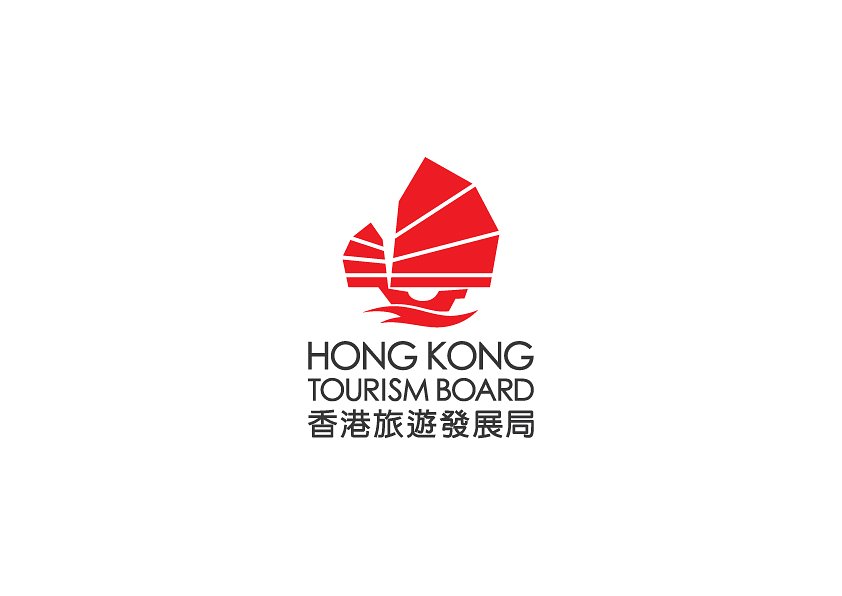
Hong Kong Bets on Wellness: Can the City Trade Shopping for Serenity?
Hong Kong is investing heavily in outdoor recreation and wellness tourism, hoping to diversify its economy beyond retail. But can the city compete with established wellness destinations like Bali and Thailand?
Hong Kong Bets on Wellness: Can the City Trade Shopping for Serenity?
By Ruth Flores
For decades, Hong Kong’s skyline has been synonymous with shopping, finance, and bustling urban life. But the city is now embarking on a strategic shift, investing heavily in wellness tourism and outdoor recreation in a bid to diversify its economy and attract a new wave of visitors. From revamped waterfront promenades to sprawling multi-sport facilities, Hong Kong is betting that serenity can become as synonymous with the city as skyscrapers.
This isn't simply a cosmetic change. The COVID-19 pandemic exposed the vulnerability of Hong Kong's reliance on mainland Chinese tourists and retail spending. The subsequent economic downturn prompted a reassessment of tourism strategy, pushing officials to explore more sustainable and resilient models.
“The pandemic forced us to think differently,” says a tourism official, speaking on condition of anonymity. “We realized we needed to broaden our appeal and offer experiences beyond just shopping and dining.”
The centerpiece of this shift is a multi-million dollar investment in facilities like GO PARK Sai Sha, a sprawling complex offering cycling tracks, sports courts, and relaxation areas. Equally significant are the revitalized waterfront areas, including the East Coast Boardwalk and the Kai Tak GreenWay, offering accessible green spaces for residents and tourists alike. These initiatives are part of a broader plan to leverage Hong Kong’s natural beauty and offer a more balanced tourism experience.
A Competitive Landscape
However, Hong Kong faces stiff competition in the burgeoning wellness tourism market. Established destinations like Bali, Indonesia, and Thailand have long been recognized as havens for yoga retreats, spa treatments, and holistic health experiences. These destinations benefit from lower costs, established infrastructure, and a strong brand reputation in the wellness sector.
“Hong Kong has an uphill battle,” says a tourism analyst. “Bali and Thailand have a significant head start. They offer a more authentic and affordable wellness experience.”
While Hong Kong’s new facilities are impressive, they are often more expensive than comparable options in Southeast Asia. This price point could limit its appeal to budget-conscious travelers.
Another challenge is Hong Kong’s image as a dense, urban metropolis. Overcoming this perception and showcasing the city’s natural beauty requires a concerted marketing effort.
“We need to tell a different story,” says a marketing executive involved in the campaign. “We need to showcase Hong Kong’s hiking trails, beaches, and green spaces. We need to highlight the fact that you can escape the hustle and bustle of the city and find tranquility just a short distance away.”
Beyond the Facilities: A Holistic Approach
The success of Hong Kong’s wellness tourism strategy hinges on more than just infrastructure. A holistic approach is needed, encompassing sustainable tourism practices, community engagement, and a focus on authentic experiences.
This includes promoting local wellness businesses, supporting eco-tourism initiatives, and preserving Hong Kong’s cultural heritage. It also involves creating opportunities for visitors to connect with local communities and learn about Hong Kong’s unique traditions.
“People are looking for more than just a spa treatment or a yoga class,” says a wellness entrepreneur. “They want to immerse themselves in the local culture and connect with the community. That’s what sets a truly memorable experience apart.”
The recent investment in the Cyclothon, an annual cycling event, is indicative of this push. The event draws both local and international participants, promoting active lifestyles and showcasing Hong Kong’s scenic routes.
“Events like the Cyclothon are a great way to showcase Hong Kong's natural beauty and promote a healthy lifestyle,” says a local resident. “They also help to build a sense of community.”
The Road Ahead
Hong Kong’s ambition to become a wellness tourism destination is a bold one. The city faces significant challenges, including fierce competition, high costs, and the need to overcome its urban image. However, with strategic investment, a holistic approach, and a concerted marketing effort, Hong Kong has the potential to carve out a niche in this growing market.
The key lies in leveraging the city’s unique strengths – its stunning natural beauty, its vibrant culture, and its world-class infrastructure. By offering authentic experiences, promoting sustainable tourism practices, and engaging local communities, Hong Kong can attract a new wave of visitors and build a more resilient tourism economy.
While it may not completely abandon its shopping heritage, Hong Kong is betting that a touch of serenity can be a powerful lure for discerning travelers seeking a more balanced and fulfilling experience. The question remains – will that bet pay off?
